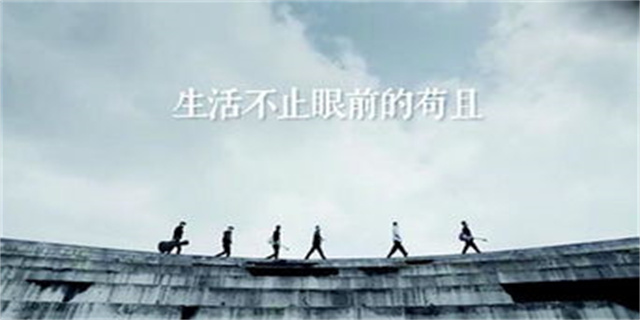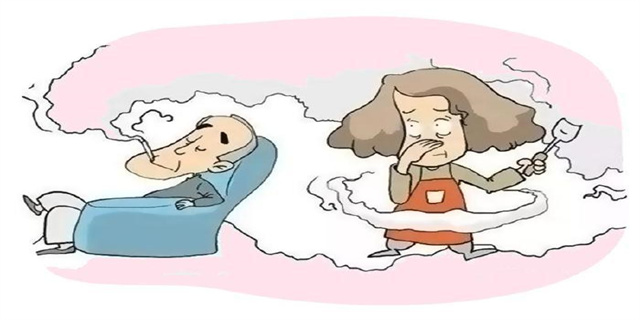Exploring the World of Shattered Hues
Broken colors, also known as shattered hues or fractured tones, are a fascinating aspect of color theory. It refers to a technique in which an artist adds non-local color, or color that is outside the range of primary colors, to their work. Broken colors allow artists to create dynamic and visually interesting pieces that evoke a range of emotions in the viewer. In this article, we'll explore the world of broken colors, how they work, and how you can incorporate this technique into your own artwork.
The Basics of Broken Colors
Broken colors are created by mixing colors that are not traditionally defined as primary, such as orange, green, or purple, into the painting. This breaks up the surface of the painting and makes the colors less predictable. Broken colors can add depth, energy, and a sense of movement to a piece of artwork, making it visually compelling.

The use of broken colors is rooted in the Impressionist movement of the late 19th century. The Impressionist painters, such as Claude Monet and Pierre Auguste Renoir, were fascinated by light and color, and sought to capture the transient effects of light in their work. By using broken colors, they were able to create the illusion of light on the canvas, and to give the impression of movement and atmosphere.
Using Broken Colors in Your Work
If you want to incorporate broken colors into your work, there are a few things you need to keep in mind. The first is to choose your colors carefully. When using broken colors, it's best to stick to colors that are close to each other on the color wheel. For example, if you're using shades of blue, you might want to add a touch of green to create a sense of movement or depth. If you're using reds, pinks, and oranges, you might add some yellows or golds to warm up the painting.

The second thing you need to keep in mind is to use broken colors sparingly. Too many broken colors can overwhelm a painting and make it look chaotic. A few carefully placed strokes of broken color can be enough to add interest and energy. You might also want to experiment with the brush strokes you use when applying the broken colors. Broad strokes can create a sense of movement, while smaller, more delicate strokes can add texture and interest to the piece.
Conclusion
Broken colors are a powerful tool in an artist's arsenal. Used sparingly, they can add depth, energy, and atmosphere to a painting. If you're interested in exploring this technique, start by experimenting with different color combinations and brush strokes. With a little bit of practice, you'll soon be able to create dynamic and visually interesting pieces that capture the light and energy of the world around us.
版权声明:本文内容由互联网用户自发贡献,该文观点仅代表作者本人。本站仅提供信息存储空间服务,不拥有所有权,不承担相关法律责任。如发现本站有涉嫌抄袭侵权/违法违规的内容, 请发送邮件至3237157959@qq.com 举报,一经查实,本站将立刻删除。
